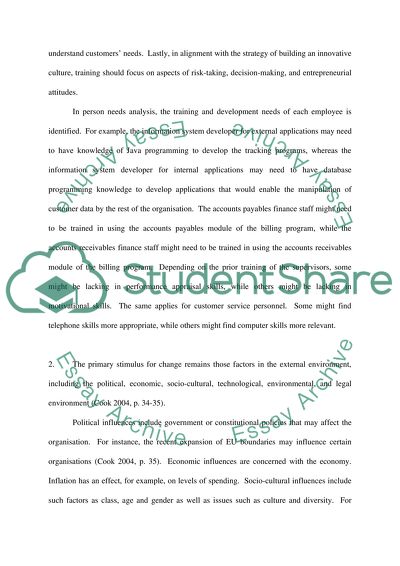Cite this document
(UPS Supply Chain Solutions in the United Kingdom Article, n.d.)
UPS Supply Chain Solutions in the United Kingdom Article. Retrieved from https://studentshare.org/human-resources/1515805-human-resources-college-essay
UPS Supply Chain Solutions in the United Kingdom Article. Retrieved from https://studentshare.org/human-resources/1515805-human-resources-college-essay
(UPS Supply Chain Solutions in the United Kingdom Article)
UPS Supply Chain Solutions in the United Kingdom Article. https://studentshare.org/human-resources/1515805-human-resources-college-essay.
UPS Supply Chain Solutions in the United Kingdom Article. https://studentshare.org/human-resources/1515805-human-resources-college-essay.
“UPS Supply Chain Solutions in the United Kingdom Article”, n.d. https://studentshare.org/human-resources/1515805-human-resources-college-essay.


